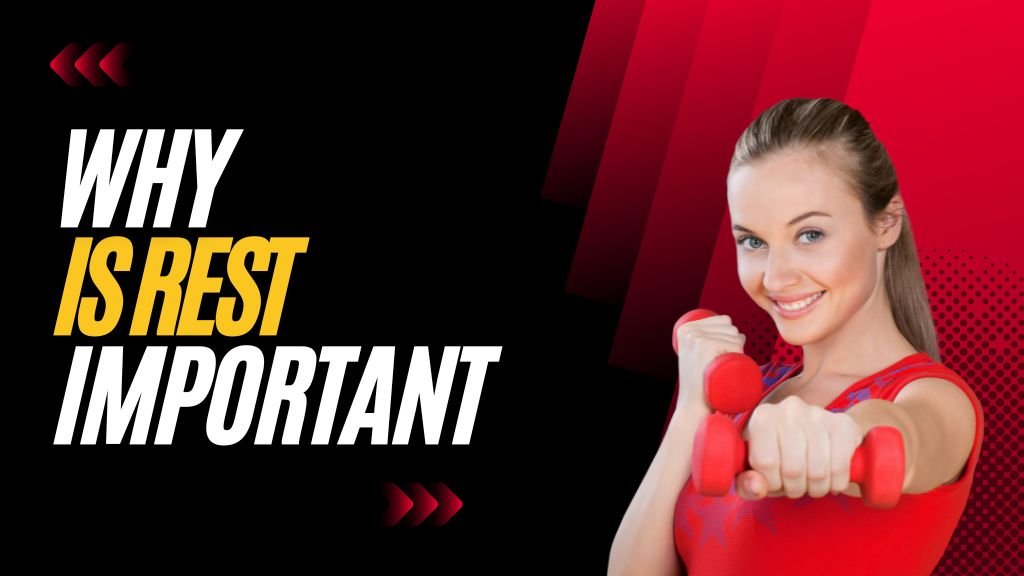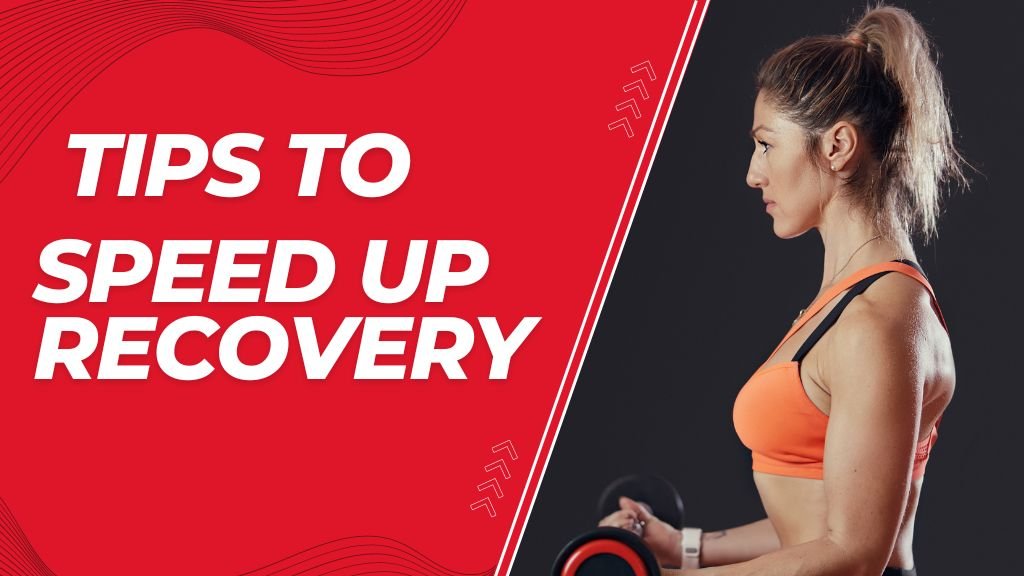How many days off do you need between workouts: The temptation to skip rest days arises when you are in the zone and enjoying your workouts a lot. You’re exhibiting remarkable advancements, your vitality is at an all-time high, and you feel energized after each session.
Like most things in life, exercise is all about finding balance. Professional athletes incorporate rest days and easy sessions into their weekly training regimens. Even though it’s fantastic that you want to work out harder and more frequently, time outs are essential to any fitness program.
Why is Rest Important?

Rest days provide your body and mind a chance to recuperate from exercise. They keep you from losing your motivation and burning out and ensure you are prepared to give your next session everything you have got. Additionally, rest allows your body to adjust to your training and become robust and more fit.
Making a fitness plan involves several steps. You first choose your objectives. Next, you decide what kind of activity you will perform. Lastly, you decide on an exercise regimen to assist you in achieving your goals. A crucial component of that plan is figuring out how many days you need for rest each week.
Most people need to try for one to three days off each week. However, there are a variety of variables that affect how many rest days you take and what you do on them, such as:
- Your level of fitness right now.
- The exercises that you are performing.
- The length and intensity of your workout.
Beginners usually require more days off from exercise than people who have worked out regularly for at least half a year. Your muscle cells shift after new activity, resulting in a tiny injury. For this reason, post-workout muscle pain is normal, whether you first begin your fitness adventure or return after a long layoff. Your body has time to acclimate to the demands of physical activity on rest days.
Beginners should start with a program of working out every other day. So you work out one day, take it easy the next, and so on. You take three days off each week as per this timetable. You can work out two days in a row, followed by a rest day, as you get more robust and fit. That equates to about two days off per week.
Athletes who are competitive or advanced may require one day off per week. However, additional variables are needed, such as advice from a coach or trainer.
The kind of exercises you do impacts your rest days plan. For instance, running, a high-impact aerobic routine, creates more pressure on the body. Many pro athletes also require 2 to 3 days of rest from running per week. Swimming and cycling are lower-impact exercises that may require less time for rest and recovery.
Experts advise two to three days off between weightlifting and other strength training exercises. You may design resistance training sessions that focus on various muscle groups. You could work out for your upper body on Monday and your lower body on Tuesday. You could work out with a cardio regimen on Wednesday. Your upper body muscles will recover enough by Thursday for additional training.
Your body requires more rest for optimal recovery the tougher or longer your workouts are. You must take at least two days rest when you are in between high-intensity exercises. Running, stair climbing, and lifting large weights are a few examples of intense training.
You may need to take unscheduled days off from workouts occasionally. It’s okay if it happens. You must consider taking some rest if having heavy strain, aches, or soreness that could lead to injury. Paying extra attention to the body is more vital than any exercise routine.
Also Read
- How Many Calories Should I Eat to Gain Muscle?
- Parboiled Rice Is Good For Diabetes
- How Many Gallons of Water Should i Drink a Day
- Are Plantain Chips Healthy For You
- Parboiled Rice Is Good For Diabetes
- How Many Push-ups Should I Do In a Day?
What is the Importance of Rest in Fitness?
1. They support your strength-building
While you might believe that the only way to increase your fitness is to torture yourself during exercise, getting enough rest is equally crucial to achieving your fitness objectives.
While resting, muscle is repaired during the repair phase. With every workout regime, microscopic tears are formed in muscular tissues. While on rest, your muscles become stronger and repair themselves, reducing your effort for the same exercises.
2. They contribute to preventing injuries
Skipping rest days increases the risk of injuries lasting longer. Stumbling, poor performance, or tripping can happen when you exercise in extreme fatigue. Your body is under constant pressure and stress because you are not giving your body extra required attention.
To prevent weeks or even months of being unable to workout, allow enough time for recovery.
3) They assist in your path toward fitness
Exercise too much without taking breaks, and you risk having your fitness decline or perhaps come to a complete stop. You are prone to affect your health, when you work for long hours without a break.
If you do not take proper rest, your body’s healing process hinders the natural healing and muscles relaxation.
4) They imply that you can work out even more
Your body heals, rests, and rejuvenate when you take a break. You can give your best for the next workout with extra push and enthusiasm, and your muscles must not be painful or tired after getting enough rest.
Research has indicated that inadequate sleep might lead to decreased motivation for engaging in activities you typically love during your free time, and skipping mental rest periods after physical activity can also have this effect. Mini breaks help you stay motivated and keep exercise from seeming like a job. The power of absence grows greater.
5) They assist you in forming enduring habits
Although it’s common knowledge that incorporating a HIIT exercise into your daily schedule is simple, attempting to do so daily presents significant logistical and psychological challenges.
By giving your schedule some leeway, rest days enable you to fit your workouts around your life rather than the other way around. This flexibility can also help your exercise program last longer.
If you cannot work out one day, you can use that time to recover and finish your routine later in the week without jeopardizing your training. This aids in the development of lifelong healthy behaviors.
Tips to Speed Up Recovery

After a vigorous workout, there are methods to reduce soreness. Here’s how to expedite your healing process:
1) Drink Enough Water
Recovery after exercise depends on hydration. If dehydrated, your body cannot utilize or recover completely. Water has so many crucial roles, such as providing vital oxygen and nutrients to the cells and controlling the temperature. Your blood pressure cannot be under check when dehydrated. When you drink water, your strenuous workout will pay off.
2) Make Enough Time for Sleep
One of the best strategies to recuperate from any kind or level of physical effort is to get enough sleep. Your body can heal its muscular tissue as you sleep. Hormones like testosterone and growth hormone are directly related to sleep and make you function properly. To recover more quickly and lower the risk of getting hurt, eight hours of peaceful sleep is necessary.
To enhance the sleep quality, unwind yourself for some time before going to bed. Before bedtime, it is vital to maintain a persistent routine to prevent excessive fatigue while going to sleep.
3) Consume Nutritious Food
To get the energy to heal and function, having a nutritious meal is necessary. The essential nutrients like vitamins and minerals your body absorbs depend directly on the healing capacity of your body. While exercising, your body is in excessively stressful condition, and having a nutritious diet heals your body from within.
Black beans, Whey protein powder, Greek yogurt, whole milk, and Whole-wheat bread can help you heal fast. Get yourself proper food and nourishment to help build muscles and provide vitality and nourishment.
Conclusion (How many days off do you need between workouts)
Rest is a vital component of any fitness routine. Your fitness level and exercise routine decide how many days of rest are required. But most individuals should strive for one to three days off each week. During your rest days, you can improve your mobility and engage in little activity to aid in your recovery.
Your training regimen will go as expected. Thus, when you feel exhausted or experience strange aches and pains, pay attention to your body and take a day off. With this, you can overcome any injuries and training setbacks.
Frequently Asked Questions
1. What should be the optimum time for muscle recovery?
It is advised that muscles heal throughout 48 to 72 hours. You can use active rest following your workout and ensure your food has the correct macronutrients to hasten the healing of your muscles. Another option is to use a hydromassage lounger.
2. How many rest days to build muscles?
Two to three relaxation days each week are ideal. Although this will vary significantly based on your training age and goals, following this guidance will help lower your risk of injury, promote proper recovery, and encourage long-term improvements.
3. How many rest days between workouts for weight loss?
Set rest times for no more than 30 to 45 seconds to incorporate calorie burning into your weight training regimen. Compared to a three-minute rest interval, it has been demonstrated that resting for 30 seconds increases calorie expenditure by 50% between sets. While you might feel as powerful in your next set, the extra calories burned might be worthwhile.
4 How many rest days should I have to lose weight?
You should take at least one day off each week if you work out at a moderate to high level so your muscles have enough time to heal. You could require extra, though, based on your activity level and the severity of your workouts.




